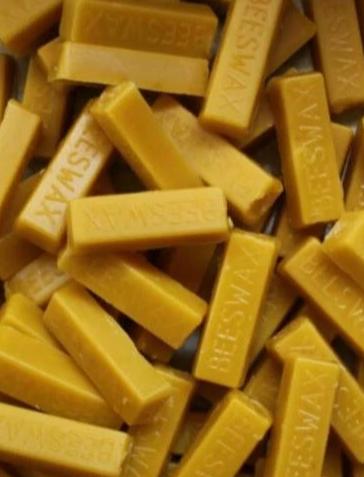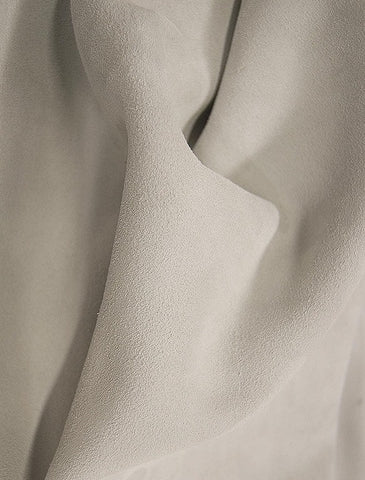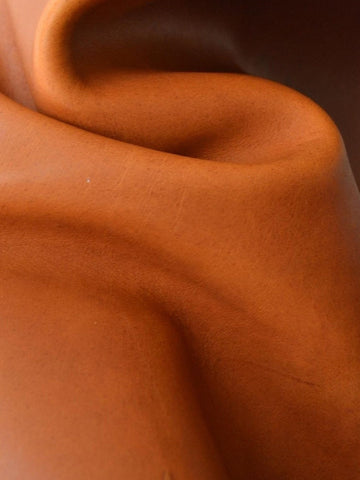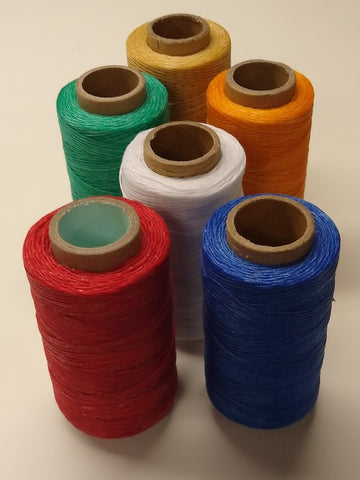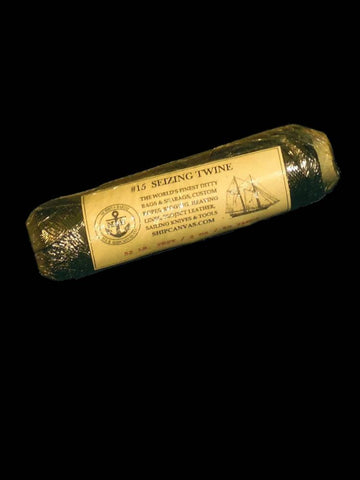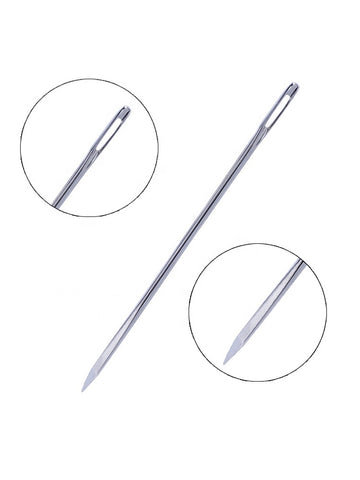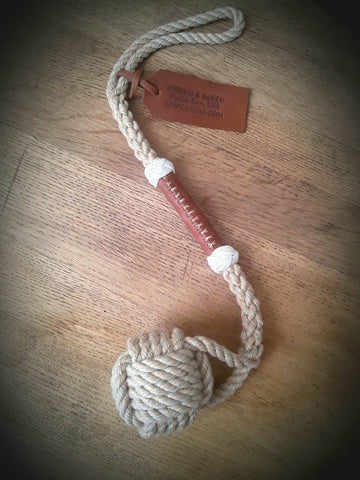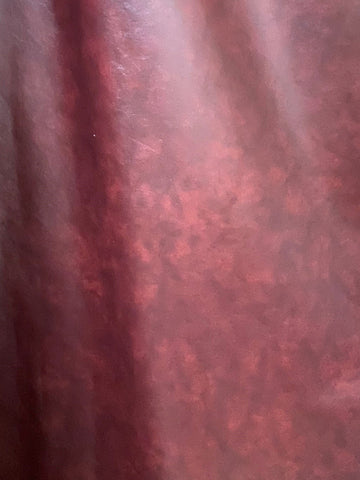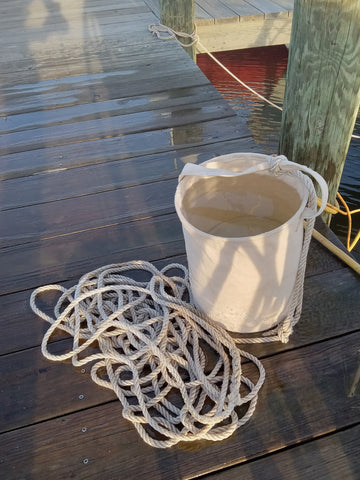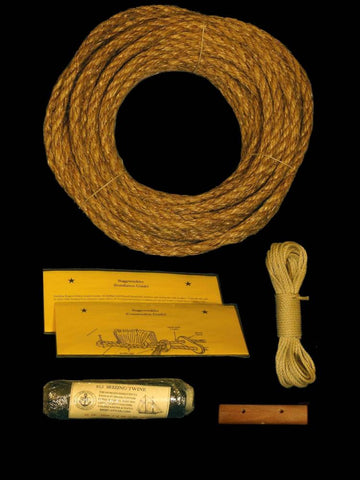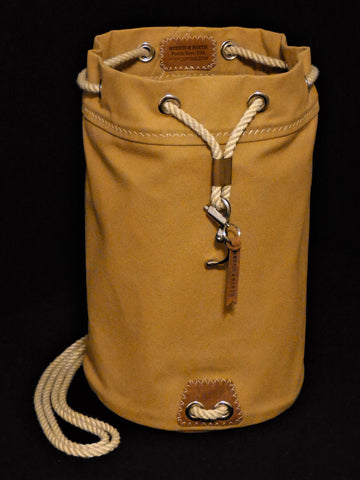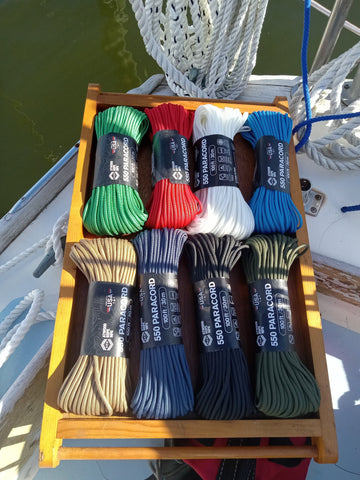Marine Project Leather
Available by the square foot or full hide. Leather is the ideal chafe protection for sails, canvaswork and mooring lines... It's also used for turnbuckle and spreader boots... oar leathers, boom gallows & gaff jaw padding... tiller grips, wheel wraps, grab bars on bimini tops & dodgers... companionway ladders and more. Choose from the classic Sailmaker's Leather (soft, sueded finish), or any of our traditional Oil-tanned or Latigo marine leathers, which are heavily waxed to withstand exposure to salt and sun -

QUESTION: I have a portable sewing machine that I mostly use for sail repairs and canvas. Can your leathers be sewn by machine? Any tips?
All of our leathers (except the 10-12 oz Latigo Marine Leather) can be sewn with most any machine that does canvas (i.e. walking foot type). For maximum durability, we recommend using a larger diameter, polyester thread (V-92, V-138) for most sail work & leather projects. Here at the shop, we use a size 22 needle paired with V-138 thread (to reduce heat, and prevent needle deflection while going through heavier assemblies). In case you happen to be using a portable Sailrite machine (or Thompson Mini, Barracuda, REX, etc), we’ve discovered these machines are quite compatible with V-138 thread (even though the specs call for V-92 maximum). The only difference is the bobbin thread gets used up more quickly. :-)
QUESTION: I'm planning to make a couple of leather handrail grips for my dodger frame. Is it true that I should pre-soak the leather in water, so that when I stitch it closed and it dries it wraps around the SS tubing tighter? Do I need to install anything underneath to keep it from slipping around?
For projects like this we actually prefer to work with dry leather, cutting it slightly ‘short’ on the edges so that we're firmly tensioning and stretching the leather into place as we stitch. Dry leather facilitates a cleaner, more consistent “butted edge” with fewer scallops and irregularities in the finished project. Prior to installation, a thin layered wrap of electricians friction tape can be applied to the tubing to prevent the leather from shifting or sliding during use.

